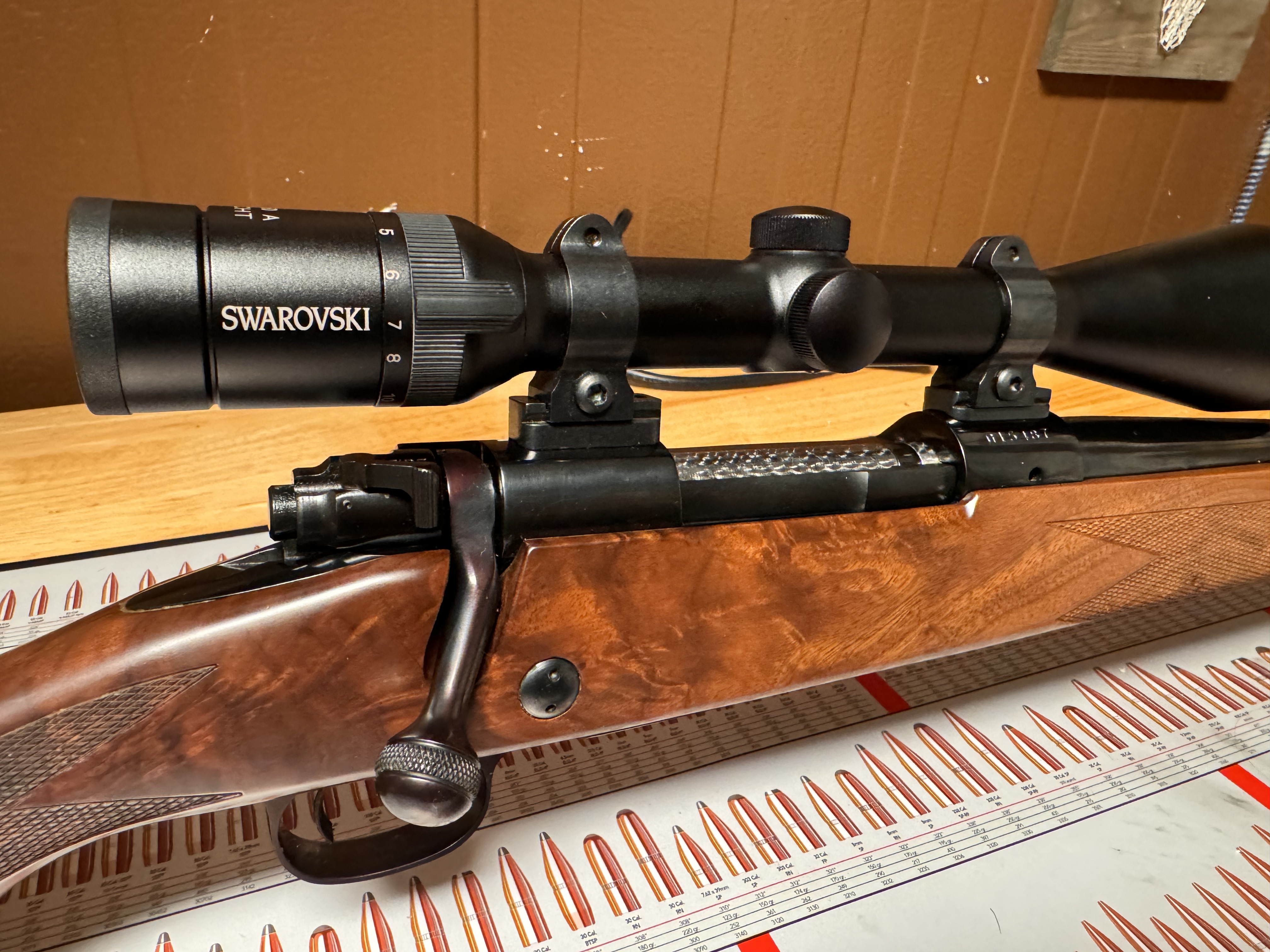
Understanding Firearm Restoration
Firearm restoration is an art that brings historical pieces back to life. At Cameron Gunsmith, we apply careful techniques to restore firearms while preserving their authenticity...
Introduction
Firearm restoration is a meticulous art that combines technical skill, historical understanding, and a commitment to preserving heritage. Unlike repair or modification, restoration involves returning a firearm to its original condition, honoring its craftsmanship, and maintaining its historical value. Whether it’s a family heirloom, a collector’s item, or a historical artifact, restoring a firearm requires a blend of precision, patience, and passion. In this post, we’ll explore what firearm restoration entails, why it matters, and the key steps involved in breathing new life into these storied pieces.
What Is Firearm Restoration?
Firearm restoration is the process of bringing a firearm back to a condition as close as possible to its original form. Restoration typically involves the repair of worn or damaged components, refinishing surfaces, and sometimes even replacing parts to match the original specifications of the firearm. The goal is not just functionality but historical accuracy, preserving the character and aesthetic of the gun as it was intended by its original maker.
The firearms that typically undergo restoration are often those with historical, sentimental, or collector’s value. These could include firearms from significant historical periods, antique models from bygone manufacturers, or weapons that have been passed down through generations. Proper restoration maintains or even enhances the firearm’s value, both monetarily and sentimentally, while respecting its original craftsmanship.
Why Restore Firearms?
There are several compelling reasons to undertake firearm restoration:
1.Preserving History: Each firearm has a unique story, reflecting the time, place, and techniques of its creation. Restoring it helps preserve this legacy for future generations, allowing us to hold onto tangible pieces of history.
2.Sentimental Value: Many firearms are family heirlooms passed down through generations. Restoration can help preserve the memories and stories associated with the piece, honoring the legacy of family members.
3.Collector’s Value: For collectors, a well-restored firearm can be an invaluable asset, especially when done with authenticity in mind. Proper restoration can enhance the firearm’s desirability and market value.
4.Maintaining Functionality: In cases where functionality is still desired, restoration ensures that the firearm remains safe and operational, though in many cases, these pieces are more for display or historical reenactment than for everyday use.
The Restoration Process: Key Steps
Restoring a firearm is a delicate process that requires expertise, as well as access to appropriate materials and tools. Here’s an overview of the main steps involved:
1. Assessment and Documentation
The restoration journey begins with a thorough assessment of the firearm’s current condition. This includes examining the firearm’s mechanical components, finish, and any visible signs of wear or damage. Documentation is key—photographs and detailed notes on the firearm’s condition provide a baseline for the restoration process. Historical research is often done to gather details on the firearm’s original design, materials, and finish to guide the restoration accurately.
2. Disassembly
After assessing the firearm, the next step is careful disassembly. Each component is removed and cataloged. For older or antique firearms, disassembly requires extreme caution, as some parts may be fragile due to age or previous use. Proper labeling and storage of each part are essential to avoid misplacement or confusion during reassembly.
3. Cleaning and Rust Removal
Cleaning is one of the most crucial steps in restoration. Over the years, firearms accumulate rust, grime, and sometimes old, hardened lubricants. Specialized cleaning solutions and tools are used to remove these contaminants without damaging the metal or wood. For rust removal, techniques like electrolysis or gentle chemical treatments can be used to restore the metal surfaces without causing harm.
4. Metal Restoration and Refinishing
Once cleaned, the metal components are examined for wear or damage. Metal restoration may involve reshaping worn parts, filling in pitted surfaces, or recreating damaged components to match the original. Bluing or browning may be applied to restore the firearm’s finish, giving it the appropriate historical look. This is a delicate process requiring skill and precision, as the goal is to mimic the original appearance without overdoing it.
5. Wood Restoration (If Applicable)
Many older firearms feature wooden stocks or grips. Wood restoration involves repairing cracks, refinishing, and sometimes re-staining to restore its natural beauty. Careful sanding and the use of period-appropriate stains or finishes ensure that the wood complements the metal components and reflects the firearm’s original design. In some cases, replacement wood parts are crafted to match the original style if the wood is beyond repair.
6. Reassembly and Testing
After the metal and wood components are restored, the firearm is reassembled with attention to detail. Each part is put back in place, carefully following the original assembly specifications. Once reassembled, the firearm is tested (often with dummy rounds for safety) to ensure that it functions as intended. This final check is crucial to verify the mechanical integrity and ensure that no aspect of the restoration compromised its safety or functionality.
Key Considerations in Firearm Restoration
Successful firearm restoration balances authenticity with preservation. Here are a few things to keep in mind:
Avoid Over-Restoration: Over-restoration can strip a firearm of its character, reducing its historical authenticity and value. The goal is to make it look well-cared-for, not brand new.
Use of Authentic Materials: Using historically accurate materials and techniques enhances the firearm’s authenticity. Skilled gunsmiths source period-appropriate screws, wood, finishes, and other materials.
Legal Considerations: Some antique firearms may have restrictions depending on local laws. It’s essential to understand the legal framework surrounding antique firearms, especially if they are fully functional.
Tips for Choosing a Gunsmith for Restoration
Restoring a firearm requires expertise, so choosing the right gunsmith is essential. Here are some tips:
Check Experience and Specialization: Look for a gunsmith who specializes in restoration and has experience with similar firearms.
Review Past Projects: Ask to see examples of previous restoration projects to ensure they align with your vision for the firearm.
Discuss Your Goals: Communicate clearly about your expectations, especially if you want to retain specific historical marks, engravings, or features.
Conclusion
Firearm restoration is a way to honor history, preserve memories, and keep traditions alive. Whether you’re restoring a family heirloom or a piece of historical significance, the process is as rewarding as it is meticulous. With the help of skilled gunsmiths, these timeless artifacts can be brought back to life, preserving them for future generations to appreciate. At Cameron Gunsmith, our commitment to authenticity and craftsmanship ensures that each restored firearm maintains its original charm and historical integrity.
